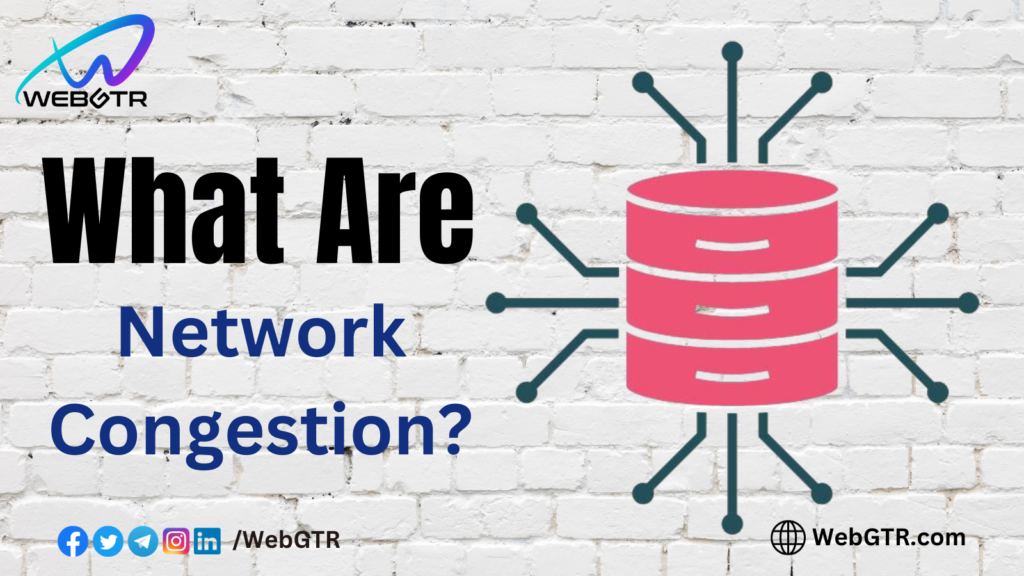
Network congestion occurs when the volume of transactions submitted to a blockchain surpasses its processing capacity. Multiple factors contribute to this, including external variables like market volatility, as well as intrinsic network characteristics such as block size and block time.
As more users send transactions to the blockchain, the number of unconfirmed transactions in the mempool can exceed what a single block can accommodate. This is especially pertinent for blockchains with limitations in block size and block time.
Transaction surges can be triggered by sudden price fluctuations, resulting in increased activity, or during waves of mass adoption.
With blockchain technology anticipated to see broader adoption, the issue of network congestion becomes more pronounced. The network’s ability to efficiently handle high transaction volumes is crucial for widespread usability, especially for systems aiming to support real-time, everyday transactions.
Despite the challenges posed by blockchain network congestion, the community is actively working on solutions to alleviate these problems. As a result, research in enhancing blockchain scalability remains a prominent focus within the industry.
Looking for Blockchain Development, NFTs, Website Design, Token Creation, or Other services? Reach out to us at WebGTR. Let’s discuss and bring your vision to life.


Leave a Reply